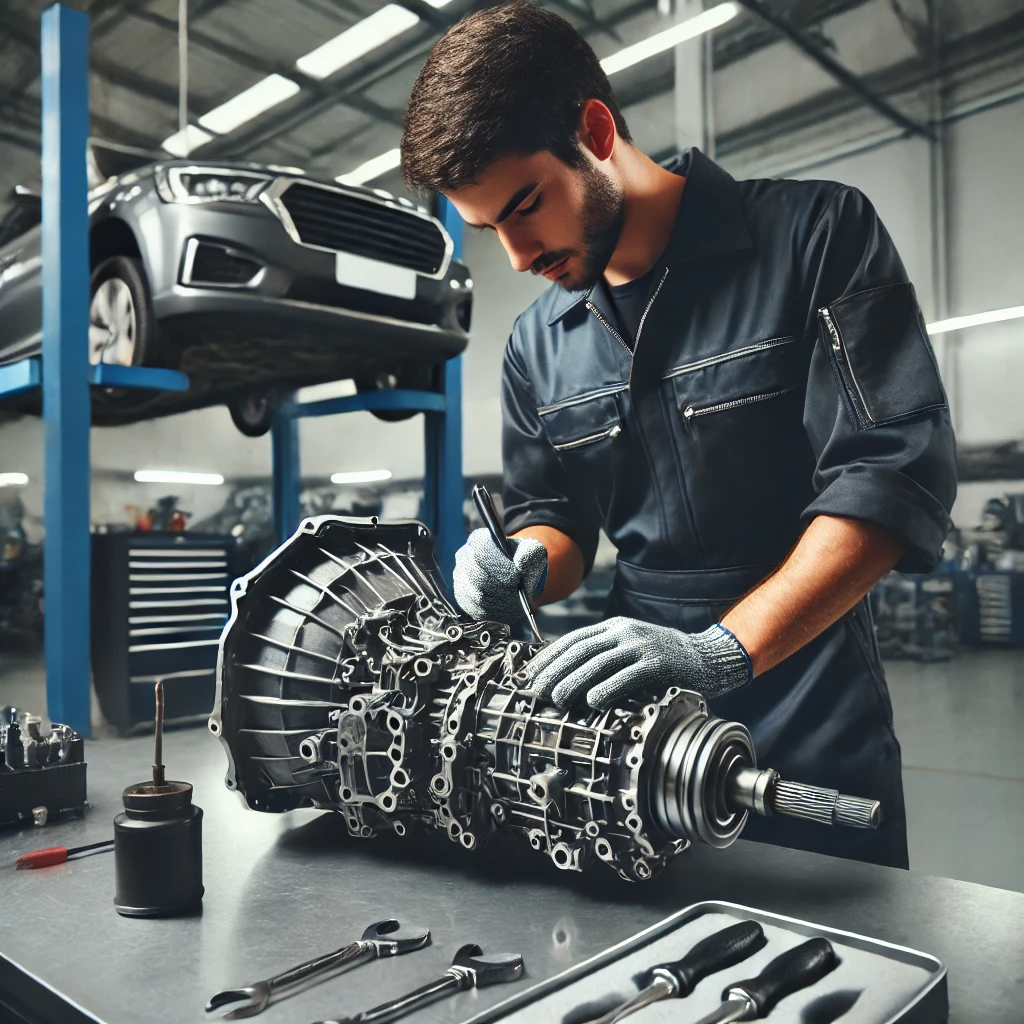
This page offers a thorough overview of typical transmission issues, including symptoms, upkeep advice, and when to get professional help. It aims to equip vehicle owners with the knowledge to handle transmission-related concerns effectively, whether dealing with slipping gears or strange noises. Identifying and managing transmission issues is crucial for daily vehicle mobility and safety.
Understanding Your Vehicle’s Transmission
Transmission is crucial in transferring power from the engine to the wheels, enabling motion. There are two types: automatic and manual. Automatic transmissions manage gear shifts independently, providing a more straightforward driving experience. Manual transmissions require a clutch and gearbox, offering greater control and engagement. Understanding the transmission’s mechanics is essential for adequate maintenance, preventing minor issues from causing significant repairs. Prompt maintenance can extend the transmission’s lifespan. Seeking assistance from a specialized transmission repair shop is crucial for vehicle safety and longevity.
Signs of Transmission Trouble
Identifying potential transmission problems early can save money and time. Unusual noises, such as grinding or clunking while shifting gears are frequently signs of transmission difficulty since they might indicate worn-out parts or fluid issues. Transmission fluid leaks are another red flag; if a leak is present, you might notice a bright red or brown puddle under your car. Any decrease in this fluid’s level might result in overheating and damage because it is essential for lubrication and cooling inside the gearbox.
Additional symptoms include delayed engagement, a lag in gear responsiveness while changing from park to drive or reverse, and gear slippage, which occurs when the gearbox abruptly shifts gears. These issues could signal deeper mechanical problems like worn-out gears or clogged filters and should be addressed promptly.
Regular Maintenance Tips
Regular maintenance is crucial for optimal transmission conditions. Check the fluid level and quality, usually every few months, and use the manufacturer’s recommended fluid type. A professional mechanic can inspect the vehicle at intervals suggested in the maintenance manual to catch issues before they escalate. Routine care extends the transmission’s lifespan and enhances fuel efficiency.
DIY Troubleshooting Tips
Understanding basic troubleshooting can benefit those handling minor maintenance tasks at home. First, check the transmission fluid’s level and condition. Most vehicles have a transmission dipstick similar to the oil dipstick and checking the fluid involves pulling it out, wiping it clean, reinserting it, and then rechecking the level. Ensure your car is on a level surface and turned on during this process for the most accurate reading.
Diagnosing a slipping or worn-out clutch requires careful observation during a drive for manual transmission systems. If pressing the clutch pedal completely does not transfer power smoothly or feels loose or sticky, it might be time for a clutch replacement.
When to Consult a Professional
While some transmission issues can be managed at home, others require professional intervention. Trained technicians should evaluate persistent symptoms like severe slipping, grinding noises, or complete gear failure. Choosing a reliable transmission repair specialist involves checking reviews, comparing service offerings, and understanding repair guarantees. Ensure the shop offers warranties on its work for added peace of mind.
Cost Considerations for Repairs
The expenses associated with transmission repairs can vary widely. A minor fluid leak might be a relatively inexpensive fix, ranging from $150 to $200. However, complex issues, such as complete overhauls or replacements, can cost thousands. The brand and model of your car, the degree of wear or damage, and labor costs all affect the price. Always seek multiple opinions and quotes to avoid overpriced services.
importance of Timely Repairs
Neglecting transmission repairs can seriously affect vehicle performance and road safety. A little leak, for example, might swiftly escalate into a severe component failure, posing a danger of total failure. Prioritizing timely interventions can prevent cascading problems affecting other vehicle systems, preserving function and value. Be proactive and address transmission issues as soon as they arise to ensure safety and longevity.






